The Alps, Europe's majestic mountain range, have long been a symbol of natural beauty and adventure. Yet beneath their breathtaking vistas lies a deadly threat that strikes without warning—avalanches. These cascading walls of snow and ice have shaped the region's history, claimed countless lives, and continue to challenge modern forecasting systems. The interplay between human ambition and nature's raw power creates a complex narrative in these frozen peaks.
For centuries, Alpine communities have lived in the shadow of avalanches. Traditional villages built on slopes bear architectural adaptations like reinforced roofs and strategic positioning to minimize damage. Local folklore is rich with tales of entire settlements being swallowed by snow, serving as grim reminders of nature's dominance. The famous 17th-century avalanche that buried the Swiss village of Plurs killed over 2,000 people—a catastrophe still remembered through oral histories.
Modern science has revealed the intricate mechanics behind these destructive events. Avalanches typically occur when accumulated snow layers lose cohesion, often triggered by temperature fluctuations, new snowfall, or even skiers' movements. The Alps' particular geography—steep slopes combined with specific snow crystal formations—creates ideal conditions for slab avalanches, the most deadly variety. These can reach speeds exceeding 200 mph, with suffocating powder clouds that extend far beyond the main debris field.
Climate change has introduced alarming new variables into avalanche patterns. Rising temperatures have increased the frequency of wet snow avalanches in spring, while unstable snowpack formations appear earlier in winter. Glacier retreat exposes new terrain prone to ice avalanches—a relatively rare but extremely dangerous phenomenon. The 2017 Piz Cengalo landslide, which triggered multiple avalanches killing eight people in Bondo, Switzerland, was directly linked to permafrost thaw.
The ski industry's expansion has dramatically increased human exposure to avalanche risks. Off-piste skiing and high-mountain tourism push adventurers into terrain where controlled detonations can't provide protection. Despite advanced forecasting from organizations like Switzerland's SLF Institute, about 100 people die annually in Alpine avalanches—mostly backcountry enthusiasts who underestimated conditions. The psychological allure of fresh powder often overrides rational risk assessment.
Rescue operations represent another extraordinary aspect of Alpine avalanches. Specially trained dogs remain crucial for locating buried victims within the critical 15-minute window, though new technologies like RECCO reflectors and avalanche airbags improve survival odds. The 1999 Galtür disaster, where 31 perished in Austria, prompted international standardization of avalanche safety protocols and warning systems. Yet nature frequently defies even the most sophisticated preparations.
Scientific research continues to enhance predictive capabilities through snowpack analysis and weather modeling. Artificial intelligence now processes vast datasets to identify subtle risk patterns, while satellite monitoring tracks snow accumulation across remote areas. However, experts caution that absolute avalanche prevention remains impossible—the mountains will always retain their element of unpredictability. This reality fuels an ongoing philosophical debate about humanity's place in wild landscapes.
The Alps serve as both playground and proving ground, where snow's serene beauty masks its lethal potential. Avalanches remind us that despite technological advances, nature dictates terms in these high-altitude realms. For locals and visitors alike, living with this threat requires respect for mountain ecosystems, adherence to safety measures, and acceptance that some forces remain beyond human control. The whispering snowfields continue their ancient dialogue with the slopes—a conversation we're privileged to witness, but must never presume to dominate.

By Victoria Gonzalez/Apr 14, 2025

By Samuel Cooper/Apr 14, 2025

By William Miller/Apr 14, 2025
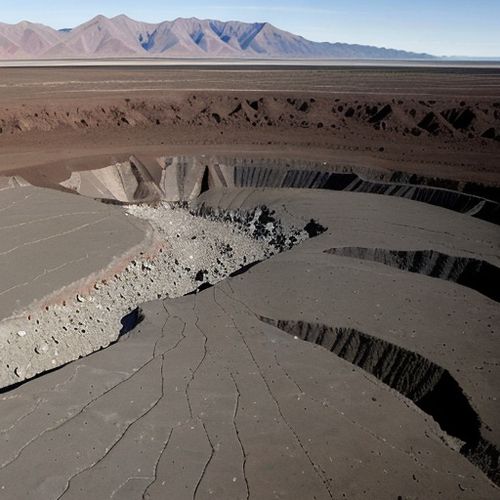
By Emma Thompson/Apr 14, 2025
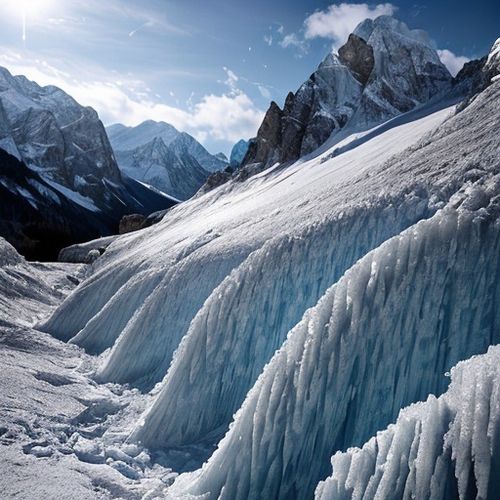
By Lily Simpson/Apr 14, 2025
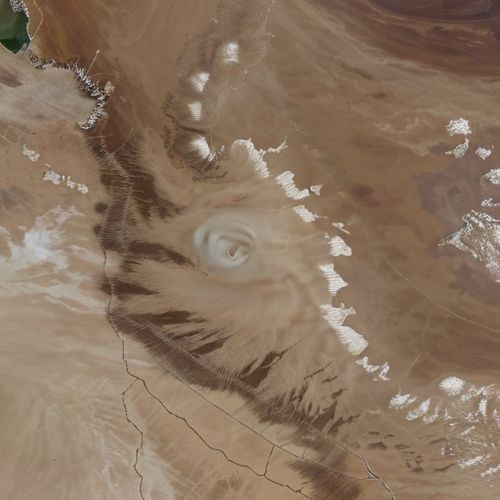
By Emily Johnson/Apr 14, 2025

By George Bailey/Apr 14, 2025
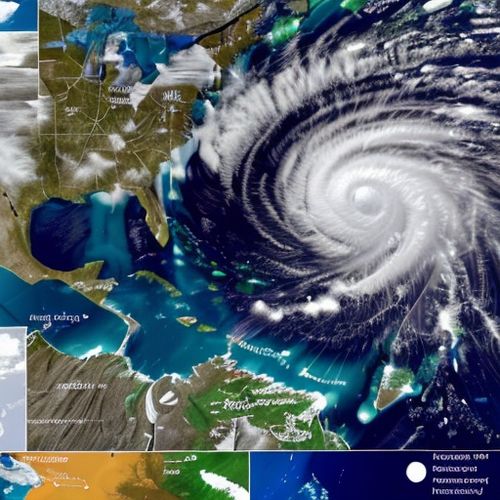
By Sarah Davis/Apr 14, 2025
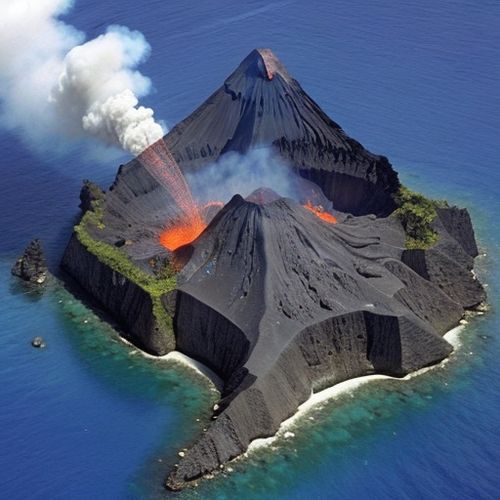
By Grace Cox/Apr 14, 2025
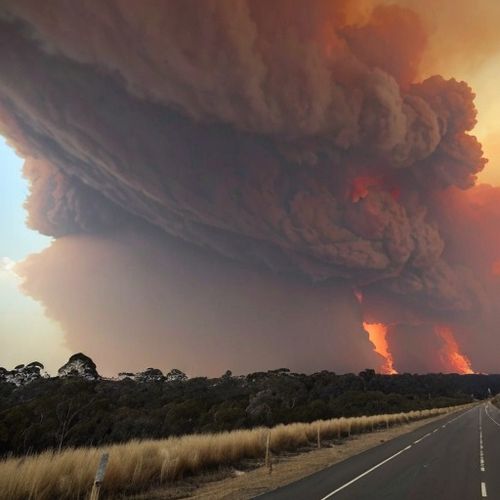
By Natalie Campbell/Apr 14, 2025

By Christopher Harris/Apr 14, 2025
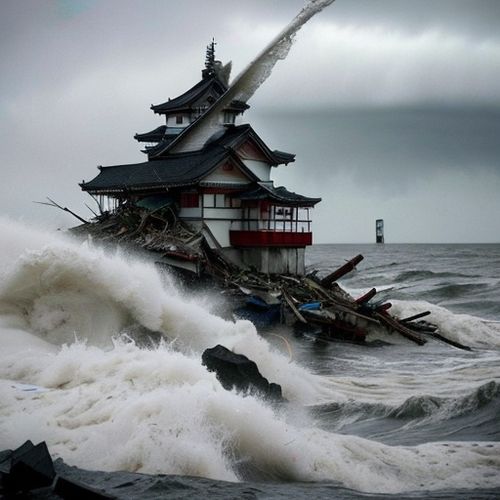
By Rebecca Stewart/Apr 14, 2025

By Joshua Howard/Apr 14, 2025

By Jessica Lee/Apr 14, 2025

By Eric Ward/Apr 14, 2025

By Lily Simpson/Apr 14, 2025
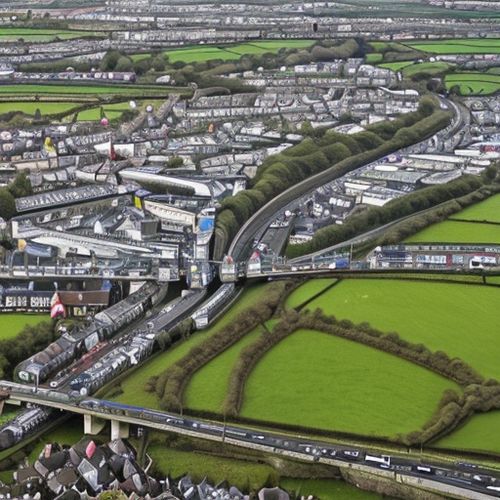
By William Miller/Apr 14, 2025

By Olivia Reed/Apr 14, 2025

By William Miller/Apr 14, 2025